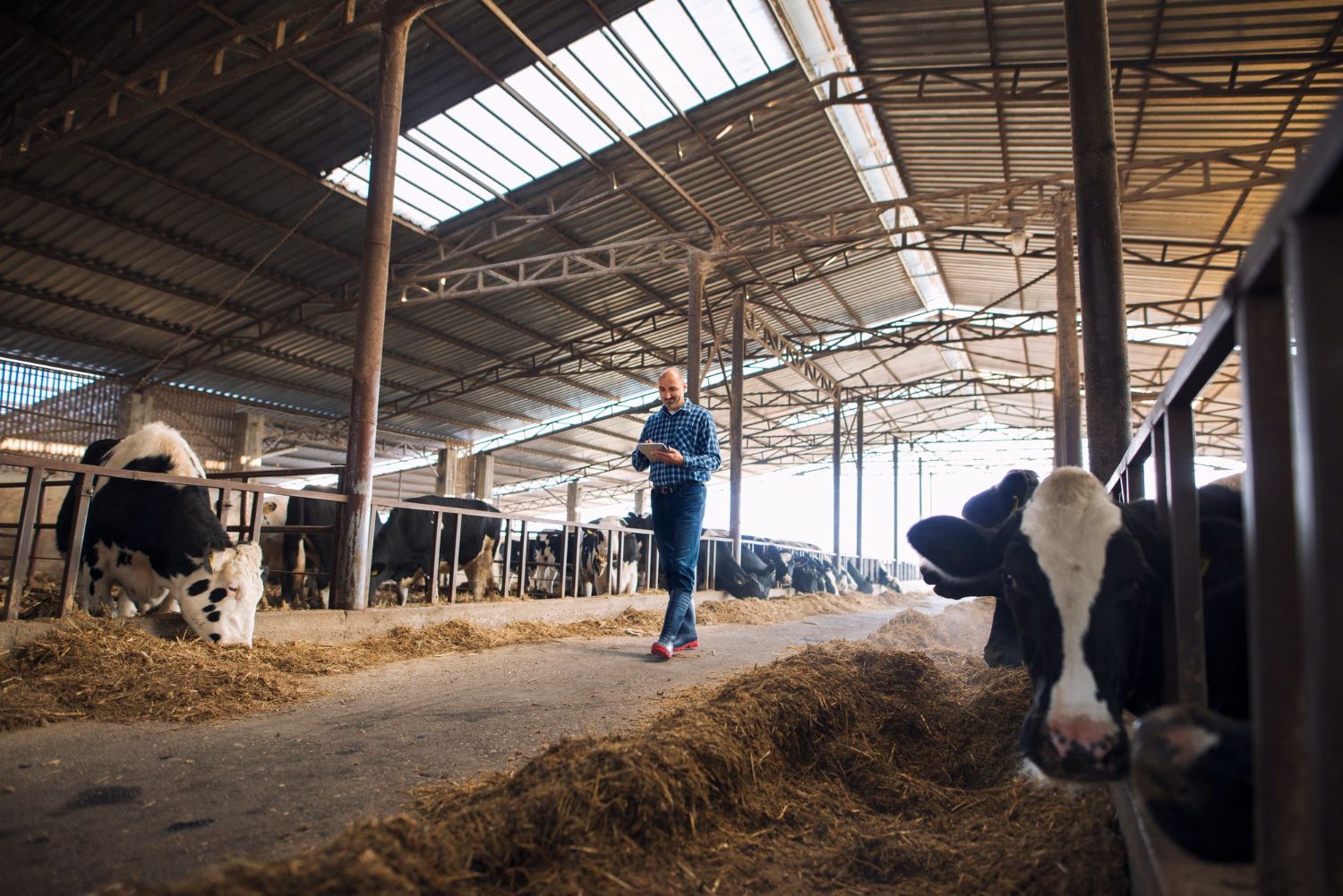Perfectly imperfect.
Why the ideal candidate mightn’t always seem ideal at first.
No-one aspires for mediocrity in business. But while it’s great to have high standards, it’s important to stop and ask yourself, how high is too high?
Time and again we see employers set the bar so unattainably high that even potentially great job candidates have little hope of clearing it. Baulked by a perception of unrealistic expectations, many walk away and look elsewhere. While others never even apply in the first place.
Despite what plenty of so-called HR experts may try to tell you, at ELR Executive we believe there’s no such thing as ‘the perfect candidate’. But that doesn’t mean there aren’t plenty of great ones. The sooner you make this subtle change in recruitment mindset, the better your chances of finding them will be!
Not perfect…yet.
Often the quest for the ‘perfect’ candidate sees employers overlook fantastic candidates who are already within their business. Maybe the person is a little less senior than you were thinking. Or perhaps they’re inexperienced in some facets of the role to be filled. Question is, with some training and mentoring, could they turn out to be the best candidate for the role? Often the answers is, yes. Of course, the added bonus of recruiting from within your team is it can significantly reduce recruitment costs.
Ask an expert.
If you are recruiting externally, do you have the right people to find you the best candidate? Many employers like to control the process by keeping things in house, especially for senior and/or strategically critical roles. But sometimes it’s far more cost-effective, and successful, to outsource the recruitment process to a specialised recruitment consultancy who can devote the time, energy and skills the role deserves.
Better job descriptions, better candidates.
This seems obvious, right? Sadly plenty of great candidates are lost due to incomplete, unclear or intimidating job descriptions that, frankly, scare them away. Getting the job description right is critical to finding the most suitable candidate. By all means be accurate, but also be realistic about the type of person you need, the culture of your company and the environment they’ll be working in. Also make sure you’re advertising on the right job site/s for the role.
Know what you’re looking for.
Hand-in-hand with an accurate job description is having a clear idea of the type of candidate you need (and want) for your role. This will come in handy both when screening resumes and also during interviews. While a candidate may not fit your ‘perfect’ profile 100%, can they be mentored or moulded? It’s also important to separate mandatory skills, qualifications and qualities from those which are ‘nice to have.’
Beware the ‘perfect’ interviewee.
There’s plenty of research to suggest candidates are rarely their true selves in job interviews. Whether it’s due to nerves, experience, coaching or just their personality, some people interview a whole lot better than others, so be careful. You’re looking for a great candidate, not just a great interviewee.
Hesitation can be an indication.
Even if you think you’ve found the ‘perfect’ candidate, things can unravel quickly, especially at the negotiation stage. If they’re slow to sign and return their contract, or have gone unusually quiet, it’s essential to ask yourself why? By all means concerns should be discussed and addressed, but unexplained hesitations up front are often an indicator for commitment issues later. While frustrating to lose a good candidate at such a late stage, it’s always better to find out before they start.
Keeping a great candidate.
Perhaps the only thing more frustrating than losing a great candidate before they sign, is losing them at the end of the trial period because of a poor onboarding experience. It’s so important to provide good structures to ensure they feel welcome and supported in their new role – or you may be back to square one again!


